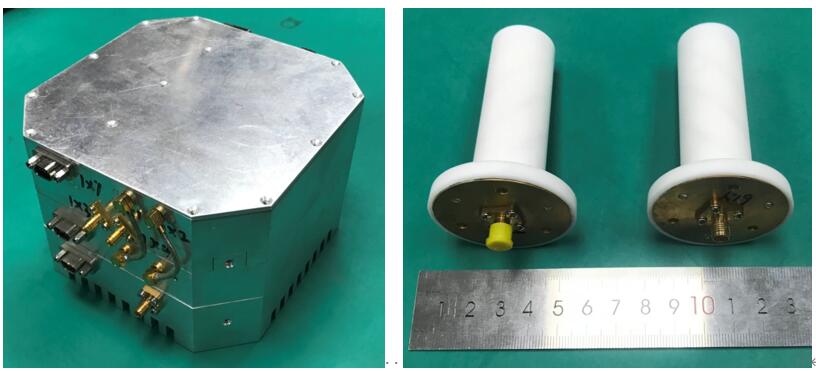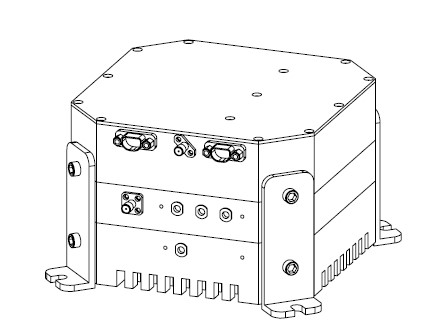Radar Miss Distance Indicator RM-100
INQUIRY
脱靶距离指示器是脉冲多普勒雷达标量 MDI。雷达脱靶距离指示器利用目标发射的无线电波和导弹反射的回波来获取目标攻击目标时的脱靶距离,从而为射击效果的评估提供依据。
1 应用场景
导弹及目标导弹设计验证、鉴定定型、生产审批和装备训练靶场试验。
2 产品优势
2.1 系统采用宽波束凝视系统,雷达收发天线直接覆盖半球空间,避免了天线波束的切换,保证了高速回波信号的可靠检测和接受攻击任意方向的目标。在所有实况任务中,测量范围内的目标均被成功检测并招募。
2.2 采用脉冲多普勒雷达系统。与连续波雷达系统相比,它要求收发天线之间的间距更小,并且不需要将发射和接收天线分开较大的距离。当安装在空间有限的目标飞机或目标导弹平台上时,它还可以轻松实现高发射接收隔离度。另外,脉冲多普勒雷达具有距离分辨率,可以抑制地杂波和海杂波的影响。
2.3 采用先进的高速实时信号处理架构和目标检测跟踪算法,可在导弹交会时间和强海地杂波环境下对高速运动目标进行持续虚警检测。目标(目标导弹)持续时间仅需1-2秒,可实时跟踪其所在的距离门,从中提取目标回波的高精度多普勒频率历史信息。此外,还得到了漏测距离的测量结果。
2.4技术成熟度高,应用广泛。利用该发明技术,先后研制了四代7式装备,用于各种导弹研制和装备在各种射程的试验鉴定和训练。
3 主要技术指标
3.1 脱靶距离测量范围:以收发天线为圆心,半径为15m的半球形空间;
3.2 导弹(导弹)目标(靶机、靶弹)相对速度测量范围:160m/s~700m/s; 3.3
脱靶距离测量精度:<0.4m (1 s )。
3.4目标RCS:>0.1m² ;
3.5工作系统:脉冲多普勒;
3.6工作频率: 29XXMHz±100MHz;
3.7通道数:1 个发射通道、1 个接收通道;
3.8峰值发射功率: 20W;3.9
有线数据传输接口:RS422(标配)、网口(选配);
3.10环境兼容性符合GJB150A,电磁兼容符合GJB151A;
3.11体积
主机设备:120mm´120mm´80mm(不含连接器);
收发天线单元:F50mm´100mm;
3.12重量
主机设备:1.7kg;
收发天线单元:50g/个,共100g;
3.13供电电源:1.7A@ 12VDC(功耗约21W)。
4 实物图
设备安装组件分为主机和收发天线两部分,如图1所示。主机可以通过四个固定孔与目标设备进行结构连接位于底座上,如图2所示。
 |
| (一)雷达主机 |
(b) 收发天线 |
图1 雷达主机及收发天线实物
 图2 主机安装固定示意图
图2 主机安装固定示意图
google-site-verification: google89ca700a68467cd9.html

